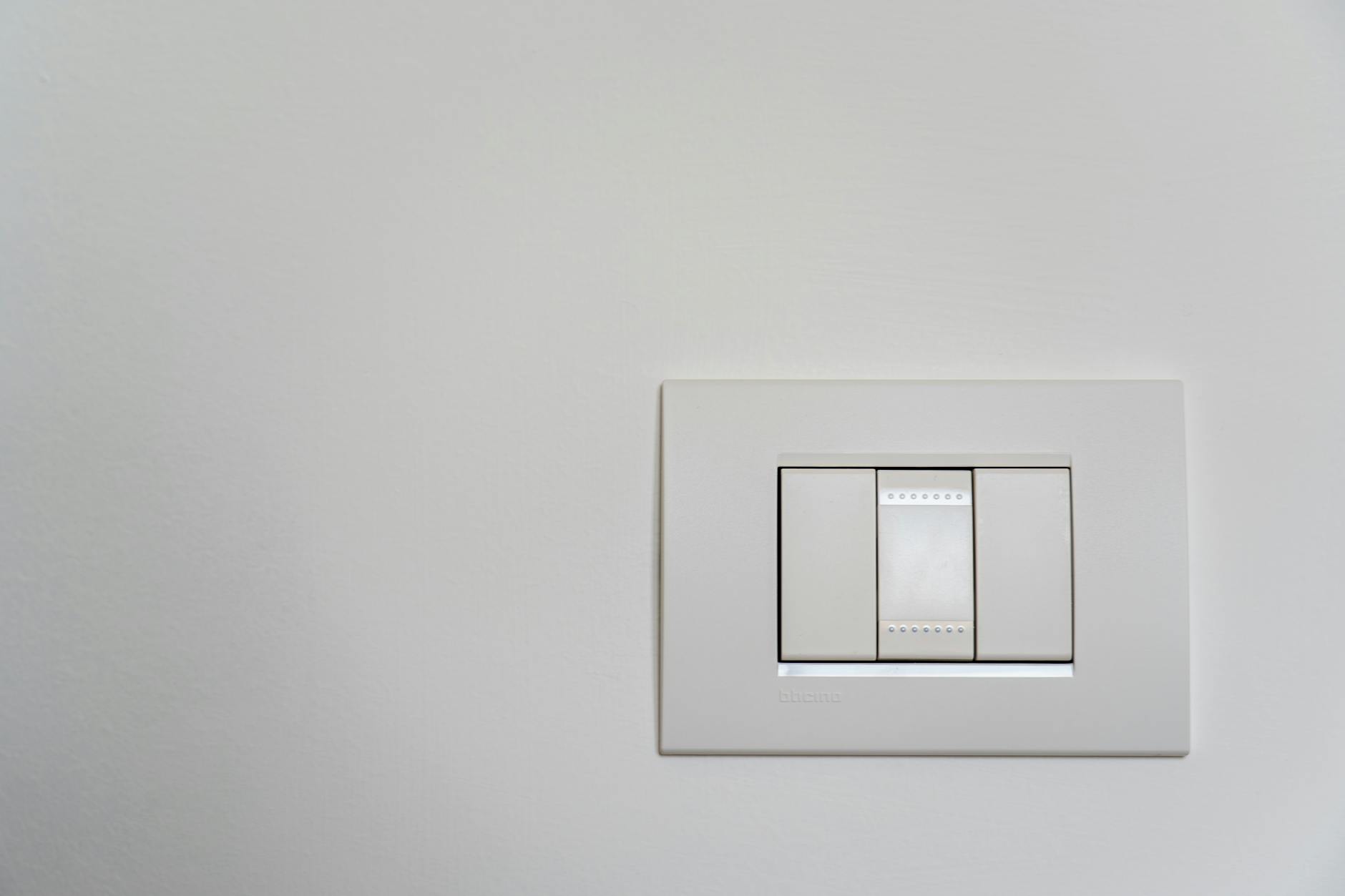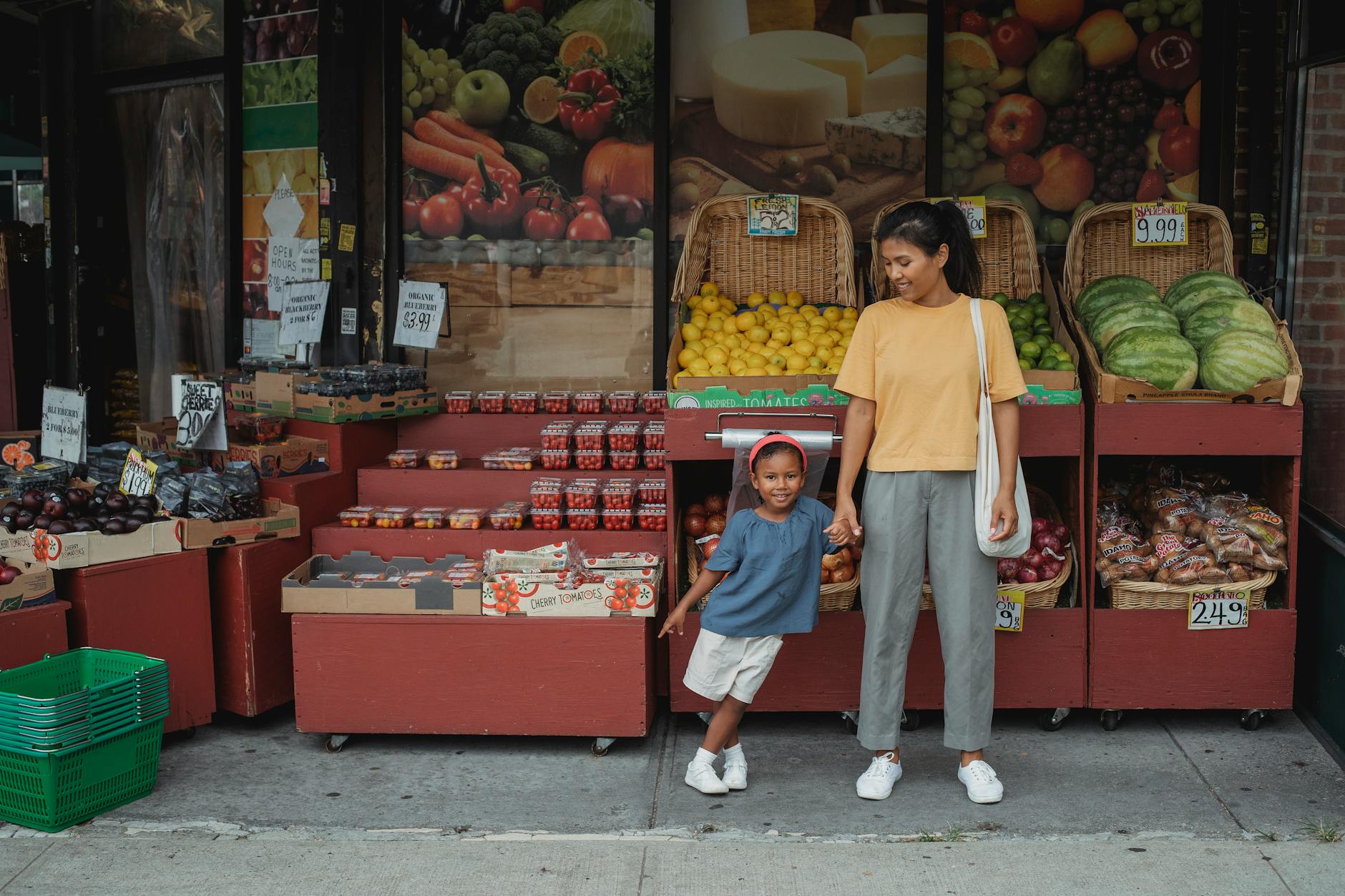How to Transform Your Podcast Studio in Australia With Acoustic Innovation

Evaluating Your Current Setup
Evaluating Room Acoustics
As a freelance podcast producer from Melbourne, assessing room acoustics is often the first step I tackle when setting up or upgrading a studio. At spaces like The Capitol on Swanston Street, where sound quality is paramount, acoustic treatments make a real difference. Start by clapping your hands and listening for echoes or unwanted reverberations. These are signs that your space might require acoustic panels.
Identifying Noise Sources
Noise can be a sneaky villain in podcast production. During sessions at Collingwood's music hub, I often find that the hum of nearby traffic or even the buzz from electronic devices can seep into recordings. Identifying these noise sources is crucial. Take a silent moment and list down ambient sounds that could interfere with your audio quality. This awareness helps in planning where and how to use tools like mesh radios effectively to minimize interference.
Analyzing Equipment Needs
Sometimes, it's not just about acoustics but also about pinpointing the right gear. When I visit specialty audio equipment stores in Fitzroy, the importance of having the right loudspeakers and recording microphones becomes clear. Assess the current inventory and identify what's working and what might need an upgrade. Consider the balance between investing in new equipment and utilizing what you already own optimally. This strategic evaluation can guide decisions that align quality with budget, ensuring your podcast sessions are productive and sound professional.
Innovative Acoustic Solutions
When it comes to refining podcast audio quality, choosing innovative acoustic solutions is crucial. At the heart of Melbourne’s creative spaces, like those at The Capitol on Swanston Street, I've seen firsthand how deploying the right broadcast solutions can captivate your audience. Selecting the right panels is your first move. Acoustic panels minimize echoes and background noise, providing a cleaner sound. You can often find these at specialty audio equipment stores in Fitzroy, a hub of audio innovation.
Incorporating bass traps is another game-changer for your studio. These tools help corner frequencies from dominating your recordings, offering clarity and balance to your podcast sound. As someone who frequently works with clients at the recording studios in Collingwood's music hub, effective bass traps have often been my secret weapon to improved sound production.
Lastly, consider how diffusers can benefit your studio. By scattering sound waves, diffusers prevent specific frequencies from bouncing erratically and muddying the audio. This thoughtful use of acoustic innovation helps maintain an authentic audio experience for your listeners. Using diffusers effectively can truly transform the soundscape of your podcast studio and elevate your production to professional standards, inspiring confidence and creativity in your audio work.
Optimizing Recording Techniques
Microphone Placement Tips
Adjusting your recording microphone placement can dramatically improve sound quality, and I've learned this first-hand from my projects based in Melbourne. The creative spaces at The Capitol have been instrumental in guiding my understanding of microphone dynamics. Start by determining the sweet spot; this isn't just about inches and centimeters. Consider the room's unique acoustics and place the microphone at a height that complements the room's resonance. For voice recordings, positioning the microphone closer to the speaker can emphasize clarity, reducing ambient noise intrusion.
Room Calibration Methods
Tackling room calibration involves more subtle adjustments. The first step is measuring and analyzing the room's response with your existing setup. Many experts at Collingwood's music hub use software to test their rooms' frequency response. By identifying problematic frequencies, you can use acoustic treatments strategically. Adjusting the placement of monitors and modifying the acoustic panels behind and around your equipment can lead to a well-balanced sound environment. Don't forget to frequently check the calibration over time—it can change more quickly than we often realise.
Handling Reverberation
Reverberation management is an art form that I've honed with trial and error. Focus on reducing echoes by introducing absorptive materials onto surfaces around your studio. Lightweight, movable panels or thick curtains can help in rented spaces where permanent changes aren't feasible. Innovative methods, such as hanging thick textiles or even placing bookshelves strategically, can also break down unwanted reverberations. With these strategies, I've managed to create clearer and more professional-sounding recordings that impress even the most discerning clients.
Enhancing Studio Aesthetics
Blending Style with Function
Designing a podcast studio is always a fascinating journey, trying to achieve both aesthetic appeal and functionality. As a freelance podcast producer in Melbourne, I've realised that one of the keys to creating an inviting yet effective workspace is the seamless integration of acoustic treatments. When installing elements like acoustic panels, it’s possible to choose finishes that complement your studio’s overall design. Selecting panels with textured fabrics or incorporating custom artwork can transform these functional items into stunning design features. This approach has been incredibly effective in balancing style and function in my own creative projects.
Lighting and Ambiance Ideas
Lighting goes hand in hand with sound in setting the right ambiance for any studio. From my experience, adjustable lighting, like dimmable LEDs, can create a cozy environment suitable for podcasting. Using colored LED strips can also inject personality into the space, making it feel more vibrant—fitting for creative hubs around Melbourne, like the ones in Collingwood’s music scene. Thoughtfully placed lamps or track lighting can highlight certain elements of your studio, establishing a mood that aligns with your podcast's tone.
Space Optimization Strategies
Maximizing the utility of your studio space is imperative, especially in areas where square footage can be pricey. Innovative furniture choices, such as wall-mounted desks or foldable chairs, facilitate comfort without compromising space. Incorporating storage solutions like floating shelves can help keep your equipment organised and accessible. These space optimization tactics have proven essential in my journey within Melbourne’s bustling creative communities, helping to ensure a streamlined and efficient workflow.
Avoid Common Podcast Studio Pitfalls
Neglecting Noise Pollution
One of the biggest pitfalls in setting up a podcast studio is overlooking noise pollution. Even the charismatic ambience of Melbourne's creative spaces like The Capitol can't save audio marred by relentless background noise. Early in my journey, I was guilty of ignoring the intrusive sounds creeping into my recordings. It took a pivotal session at a Fitzroy audio store to learn the importance of soundproofing. Investing in sound isolation is paramount. Make sure to insulate windows and doors and consider portable sound barriers if you're working in shared spaces. Remember, the best recording starts with silence.
Misusing Equipment
Improper equipment usage can sabotage the quality of your content. I’ve spent hours at Collingwood's music hub experimenting with gadgets only to find that sometimes, less is more. Whether it's setting your microphone levels excessively high or failing to adjust the input gain, misuse can lead to distortion and poor sound quality. It's about balancing precision with passion. Don't be afraid to seek advice from specialists or to conduct trials before production. Make those podcasts crisp and clear by giving your equipment the attention it deserves.
Disregarding Room Calibration
I've seen too many creatives ignore the importance of room calibration, and the results are usually disheartening. Each space has a unique acoustic signature, and it’s crucial to optimise it for your productions. Room calibration methods can mitigate the effects of unwanted reverberations, ensuring the final product resonates professionally. Spend some time tweaking and tuning your space; the difference it makes will leave you inspired.


